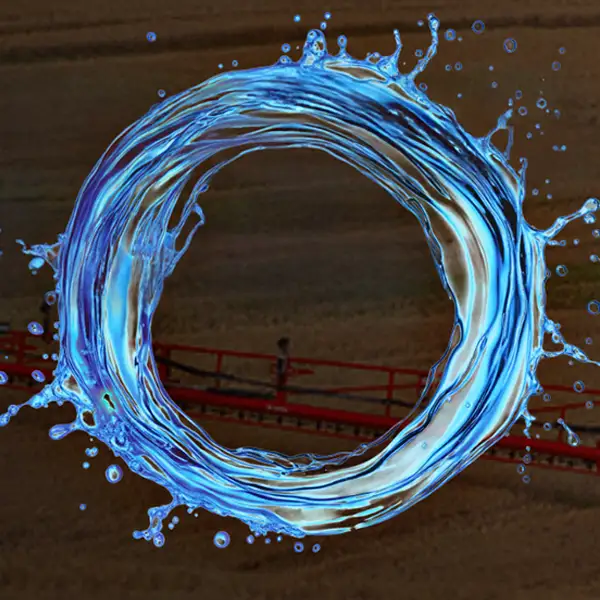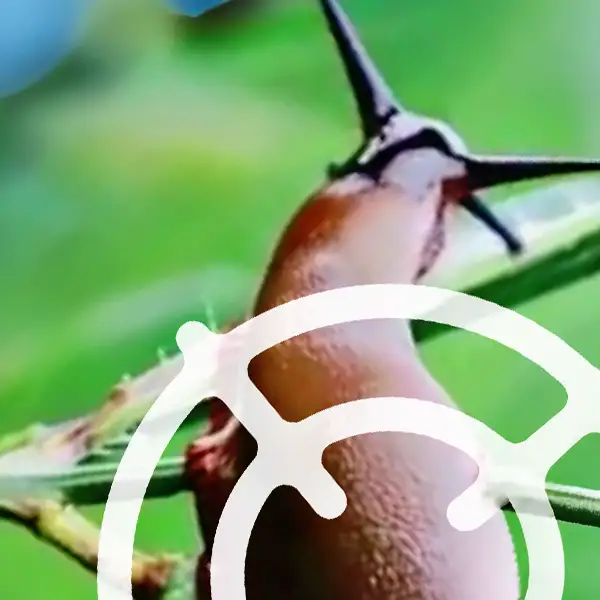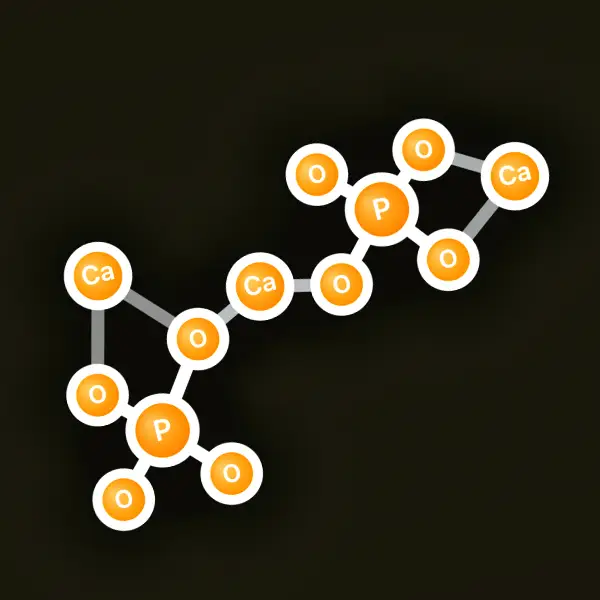A Wide Spectrum of Crop Development
This autumn has brought a remarkable range in oilseed rape (OSR) crop development. Across the country, we’re seeing everything from crops drilled in early August now at 7–8 true leaves, to later-drilled crops from mid-to-late September that are only just showing their first true leaf.
“This spread in development really reflects the broader drilling window we’re now seeing,” says Sarah Hawthorne, Sales and Marketing Manager at DSV. “Some growers began sowing at the start of August, while others were still drilling into late September - something made possible by the exceptionally mild and warm conditions this autumn. Driving around, it’s clear there’s significantly more OSR in the ground this year, and in many cases, crops are looking stronger than we’ve seen for several seasons.”











